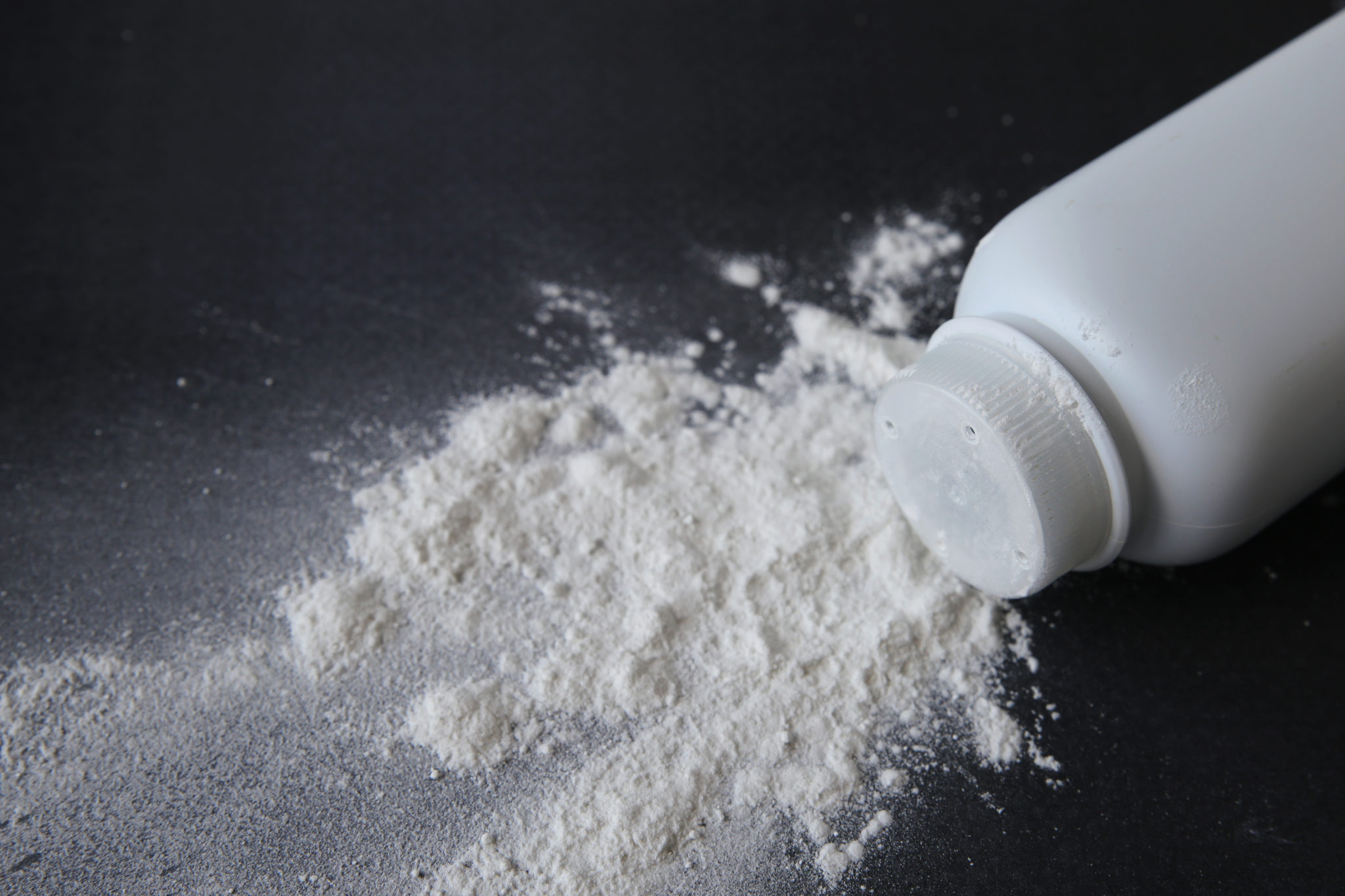Talcum powder, traditionally associated with freshness, cleanliness, and soothing comfort, has undergone a significant change in public perception due to recent legal battles and emerging scientific evidence.
In an April 2023 update from the Lawsuit Information Center, it was noted that Johnson & Johnson alone is confronted with more than 60,000 claims from state and federal lawsuits related to baby powder. This shift in sentiment marks a notable departure from the longstanding perception of talcum powder as a household staple, particularly for parents caring for their infants.
In this article, we will discuss how once-trusted talcum powder products are now at the center of a growing number of lawsuits, raising concerns about potential health risks and the need for increased product accountability.
Ovarian Cancer and Legal Battles

source: pinterest.com
Talcum powder lawsuits gained significant momentum due to the alleged connection between talc and ovarian cancer. According to a recent report by Drugwatch, studies indicate that talcum powder used on sanitary products like sanitary napkins, diaphragms, or condoms may result in ovarian cancer.
Johnson & Johnson is one of the biggest companies facing a wave of talcum powder lawsuits. Due to the mounting scientific evidence, an increasing number of individuals meeting the J&J talcum powder lawsuit criteria are initiating legal actions concerning talcum powder.
According to TorHoerman Law, these legal battles have brought attention to the potential risks associated with talcum powder products and have put pressure on manufacturers to improve transparency and safety standards. Consumer advocacy groups have also joined the cause, pushing for stricter regulations and labeling requirements.
Unveiling Hidden Health Risks
As the talcum powder lawsuits have progressed, additional evidence has come to light regarding the potential contamination of talc products with asbestos, a well-known carcinogen.

source: pinterest.com
According to a post on Asbestos.com, there is a close natural association between talc and asbestos, making it challenging for mining practices to effectively separate the two. Due to the carcinogenic nature of asbestos, the potential presence of this hazardous mineral in talcum powder raises significant health concerns.
Asbestos exposure has been linked to various serious health conditions, including lung cancer, mesothelioma, and asbestosis. These diseases can have severe consequences on an individual’s health, often developing over long periods of time and exhibiting symptoms only in the later stages.
Scientific Research and the Impact on Perceptions
Scientific research has played a pivotal role in shaping the changing perceptions surrounding talcum powder. Over the years, numerous studies have been conducted to investigate the potential association between talc use and ovarian cancer.
While the findings have been mixed, with some studies indicating a modest increase in risk and others suggesting no significant correlation, the cumulative body of research has raised concerns among both the scientific community and the general public.
In response to the scientific uncertainty, regulatory agencies and organizations have taken various approaches. Some have recommended limited or cautious use of talcum powder, particularly in the genital area, while others have called for more explicit warning labels or even a complete ban. The ongoing scientific research and its impact on public perception continue to drive the discussion around talcum powder safety.
The Changing Landscape of Personal Care

source: pinterest.com
The talcum powder lawsuits and the concerns raised about its safety have reverberated throughout the personal care industry. Consumers, armed with increased awareness and knowledge, are demanding safer alternatives and transparency in product ingredients. As a result, manufacturers are reassessing their formulations and marketing strategies to meet these evolving expectations.
To address consumer concerns, many companies have introduced talc-free alternatives to their product lines, utilizing alternative ingredients like cornstarch or arrowroot powder. Consumers now have access to a wider range of choices, empowering them to make informed decisions about the personal care products they use for themselves and their families.
As the landscape continues to evolve, the focus on product safety and accountability remains a driving force in shaping the future of personal care.
Summary
source: pinterest.com
The talcum powder lawsuits and the associated shift in public perception highlight the significant impact that emerging scientific evidence and legal battles can have on consumer trust and product accountability. The alleged connection between talcum powder and ovarian cancer, as well as concerns about potential asbestos contamination, have brought attention to the need for improved transparency and safety standards in the personal care industry.
This case demonstrates the power of scientific research in shaping public perception and the importance of regulatory agencies and consumer advocacy groups in advocating for stricter regulations and labeling requirements. The evolving landscape of personal care reflects the growing demand for safer alternatives and the increasing influence of informed consumer choices in shaping the industry’s future.






